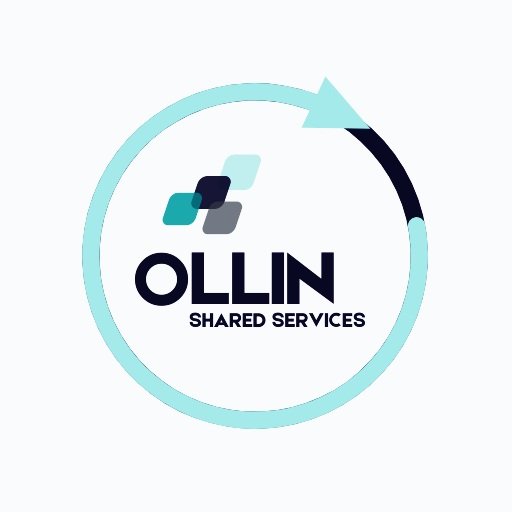Why aligning Skills Development with Human Resource Strategies
A noticeable trend in recent years has been the alignment and integration of skills development strategies with a company’s human resource initiatives. Organizations are now taking proactive measures to control the level of quality staff entering their workforce. By working closely with educational institutions and tailored training programs, businesses can directly influence the skill sets and competencies of their future employees.
When a company invests in its human resource strategy in tandem with skills development initiatives, the results are twofold. First, it creates a pipeline of qualified individuals who are well-prepared to meet specific industry demands. Second, it allows the organization to mold these individuals during the early stages of their careers, ensuring that they not only have the required expertise but also the company culture and values instilled from the outset.
Leveraging Learnerships, Internships, and Apprenticeships
Learnerships, internships, and apprenticeship programs are at the forefront of this strategic shift. These programs offer a cost-effective approach to building a robust labor pool while simultaneously addressing skill gaps within the industry. By providing practical, on-the-job training and real-world experience, these initiatives create a win-win scenario:
Cost-Effectiveness: Companies can reduce recruitment costs while developing talent tailored to their specific needs.
Skill Enhancement: Participants gain hands-on experience, ensuring that they are job-ready and aligned with industry standards.
Early Engagement: Engaging with individuals early in their careers helps cultivate a sense of loyalty and trust, setting the foundation for high performance and long-term retention.
Many organizations have experienced firsthand the benefits of this approach. The majority of their staff, having qualified through these development programs, combine solid theoretical knowledge with practical experience. More importantly, they remain at a stage in their careers where continuous development is possible, making them highly adaptable and responsive to emerging trends and challenges.
The Impact of Early Development on Employee Loyalty
The benefits of integrating education with industry extend beyond mere cost savings and skill acquisition. Early involvement in a development program instills a deep sense of commitment and loyalty among participants. When individuals are part of the initial stages of a company's growth and development, they are more likely to feel valued and invested in the organization’s future. This early bond not only boosts morale but also translates into enhanced performance, as employees are motivated to contribute to a company that has played a significant role in their professional development.
Conclusion
The strategic collaboration between the education sector and industry is redefining how companies build their workforce. By aligning skills development with human resource strategies and leveraging programs like learnerships, internships, and apprenticeships, organizations can cultivate a highly skilled, loyal, and adaptive labor pool. This model not only meets current market needs but also prepares companies to navigate the challenges of tomorrow, ensuring a dynamic and competitive edge in the ever-evolving business landscape.
As the landscape of talent development continues to evolve, the symbiotic relationship between education and industry will undoubtedly play a crucial role in shaping the future of work. Embracing this partnership means investing in a brighter, more innovative future for both businesses and their most valuable asset: their people.

